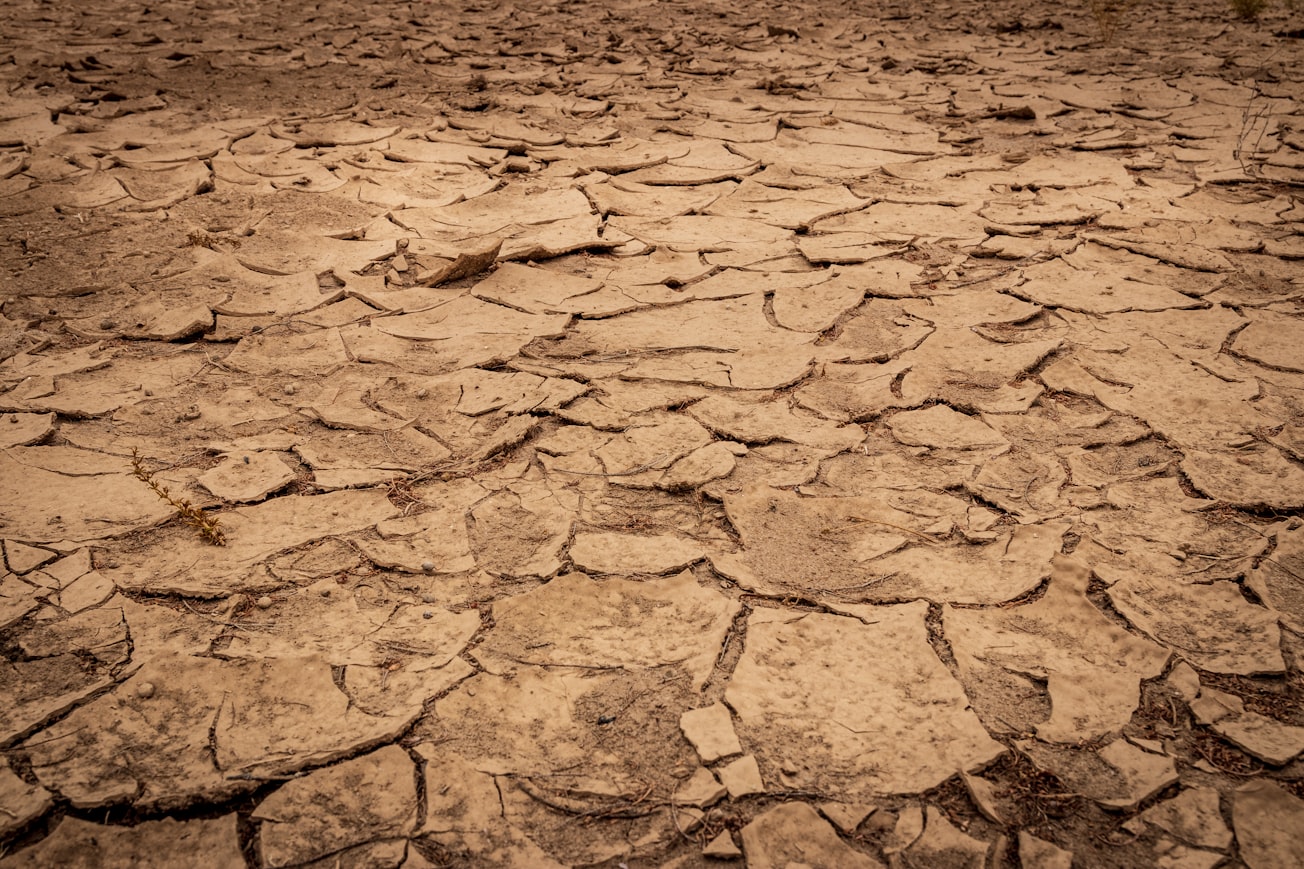What is it about?
Our study drew from ecofeminist perspectives to explore the relationship between droughts and women's HIV burden. Our sample included 69 less-developed nations (as defined by the World Bank as nations in the lower three quartiles of income, based on GDP). Using OLS Regression as a method, we found that nations with higher suffering from drought have enhanced HIV burden among women compared to men.
Featured Image

Photo by Grant Durr on Unsplash
Why is it important?
We do not often consider disasters, the environment, and HIV together, but it is pressing that we do so because droughts are increasing in frequency and severity because of climate change, and less-developed nations may have less infrastructure to manage their impacts. Plus, As the HIV burden grows larger among women, it is necessary to examine all possible contributing factors. The environmental change and resource scarcity resulting from climate-related disasters yields alarming impacts on women’s health. This close, unquestionable link between women and the environment must be considered when examining dimensions of women’s health. Our research also illuminates the idea that creeping, gradual, and prolonged disasters such as droughts worsen women’s HIV burden compared to shorter-lived disasters.
Read the Original
This page is a summary of: Drought and disproportionate disease: an investigation of gendered vulnerabilities to HIV/AIDS in less-developed nations, Population and Environment, October 2020, Springer Science + Business Media,
DOI: 10.1007/s11111-020-00367-1.
You can read the full text:
Contributors
The following have contributed to this page







